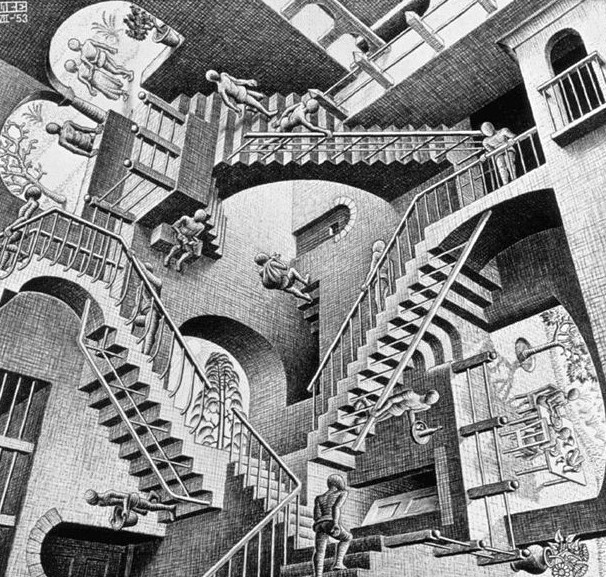
A question that has been asked, but not nearly often enough, is why did the complex risk defrayal methods fail so completely during the global financial crisis? The GFC proved that risk measures based on INTERNAL measures, i.e. measures within the system, will fail. At the time of the GFC many participants thought they had defrayed their risk only to find out that they had not.
What is needed is a measure of risk that is EXTERNAL to the system. This is a logical necessity. The financial system works of the assumption that risk can be shifted from individual exposures. But risk cannot be eliminated, it can only be moved, something that was obvious to many outside observers but not to financial practitioners. What happens is that the risk is moved on to the system, which exposes all participants in ways they cannot anticipate. That defeats risk management. This is particularly evident with the proliferation of high frequency trading, where we are seeing stop loss orders fail because of system melt down.
An anthropologist friend, Dr Larry Cromwell, calls this vulnerability. When added to risk measures, it can give a much better chance of being able to defray risk effectively. Certainly something is needed that is outside the financial system. It is analogous to the famous incompleteness theorems of Kurt Godel, the Austrian philosopher which is stated thus:
If the system is consistent, it cannot be complete.
The consistency of the axioms cannot be proven within the system.
This should be mandatory reading for any financial analysis of risk. As Godel showed, even a basic arithmetic equation requires some external element to be validated for it to be proved. Anything else is self delusion and it was just that self delusion that plagued practitioners in the lead up to the GFC. They believed they had covered all the options that were possible, only to get a nasty surprise.
Godel has profound implications for many areas of science, including physics, mind and machines, computerisation . But it is rarely, as far as I am aware, used in financial analysis. It should be, if only to serve as a reminder that even if the mathematical systems are pure on their own terms, they cannot be complete. And when we add in the fact that financial markets are full of people who understand the risk analytics and can exploit them, we can see how far we are from having risk defrayal systems that will actually work.Which means getting fee income prove difficult. Can’t have that.
First step in looking at vulnerability is to scale the potential risks, which means looking at a measure that comes from outside the system itself. Cromwell sayswhat is needed is an assessment of scale and scope:
“Scale” has to do with the degree of destruction; “Scope” has to do with spread of effect. Low-Scale Wide-Scope vulnerabilities and High-Scale Limited-Scope vulnerabilities can be ranked in the same ranking table: Low-Scale Wide-Scope would be e.g. pandemic virus, where huge numbers of workers were afflicted with few or no deaths but very wide economic disruption; High-Scale Limited-Scope would be e.g. World Trade Centre. The GFC has been Low-to-Medium Scale Very Wide-Scope–and as such, like the Boiling Frog, it did not notice its own approaching demise (“it” being the denizens of the financial system, collective in their observations and awareness).
So-called “systemic risks” are all Wide Scope; some of them ‘open the door’ to some very High Scale consequences here and there, until the door is closed (through recognition of the systemic nature of the vulnerability.
The point about measures such as scope and scale is that the point of perspective comes from outside the system. If Godel were a financial trader, he would no doubt agree that is essential.